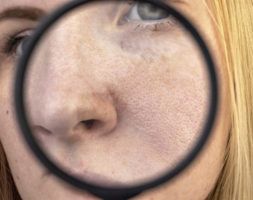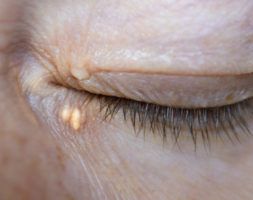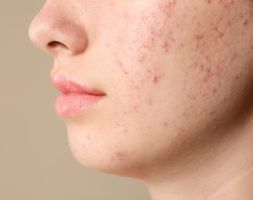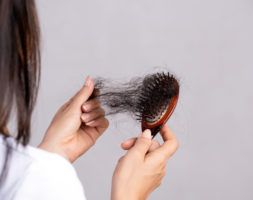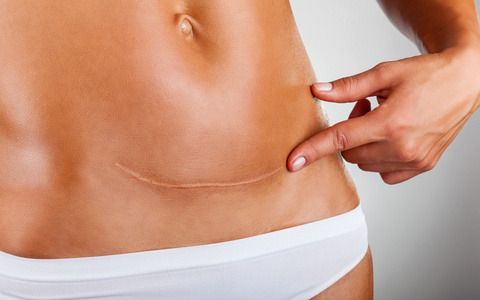
Scars are the product of tissue repair after an injury to the skin. Healing is a complex phenomenon that starts in the seconds following the trauma and takes place in several stages whose overall duration is from one year to 18 months:
- The coagulation phase: the bleeding is followed by the formation of a blood clot on which the repair tissue, the crust, is outlined.
- The inflammatory phase: extracellular matrix production and destruction of foreign bodies in the escariform tissue through the activation of leukocytes and an inflammatory reaction.
- The proliferative phase characterized by a reconstruction of the dermis and epidermis sufficient to fill the loss of substance but this neo-tissue is initially very imperfect.
- The remodeling phase where the structure of the scar is harmonized and its resistance to tension increases.
When there are abnormalities in the healing process, pathological scars are formed.
TYPES OF SCARS
THERE ARE SEVERAL TYPES
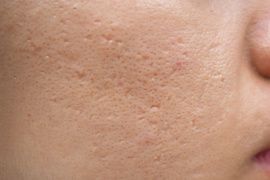
Atrophic scars
Atrophic scars are the most common, presenting and apearing as a form of depression of the skin surface due to loss of substance based on a sclerous basement. They do not regress spontaneously.
There are three types (depending on the contour, the shape of the edges, the bottom, the depth): scars in ice pick (Ice Pick or V-shaped for Americans), depressed scars with little edges (Boxcar or U-shaped for Americans) and depressed scars with pronounced edges (Rolling or M-shaped for Americans).
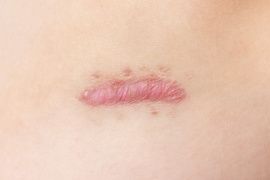
Hypertrophic scars
Basic hypertrophic scars will regress more or less spontaneously in 12-18 months.
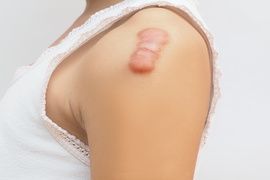
Keloid scars
Keloid scars do not regress spontaneously.
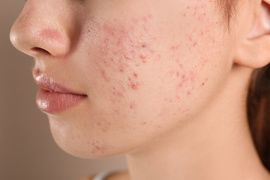
Erythematous macules
The erythematous or pigmented macules correspond to the mode of cicatrization of superficial inflammatory lesions. The erythematous macules disappear most often in a week without leaving a trace, the pigmented macules regress variable very slowly.
POSSIBLE TREATMENTS
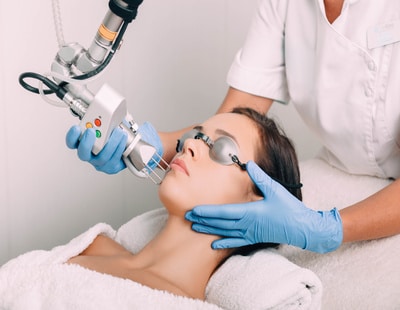
Laser CO2 and erbium
These ablative lasers work by stimulating the synthesis of a thicker dermis, which reduces the scar. Their action is double, they heat the tissues and they 'remove' pieces of skin.
For my part I prefer the erbium fractional laser because we get excellent results with minimal side effects.
Medium and deep Peel
Medium or deep peel remove the skin and layers of dermis, it forces the skin to regenerate.
The treatment may be more aggressive in the face, less in the body.
Only phonotypes 1,2 and 3 can be treated.
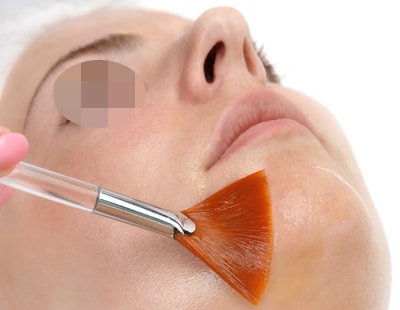
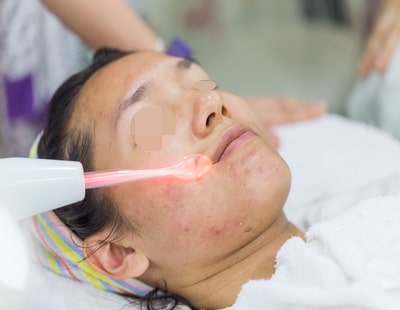
Depigmentation peel and laser
Every time you have a scar, there is (or has been) local inflammation. This inflammation can stimulate the cells responsible for making the pigment of the skin (melanocytes) to produce more pigment, so we have a post-inflammatory spot.
For this kind of unsightly we use (depending on the case) depigmentation peels or laser.
Vascular laser
This laser is indicated for red scars, it is the same laser used for rosacea. This vascular laser heats the small vessels whose dilation is responsible for the red color, causing their retraction. Two to three sessions are necessary.
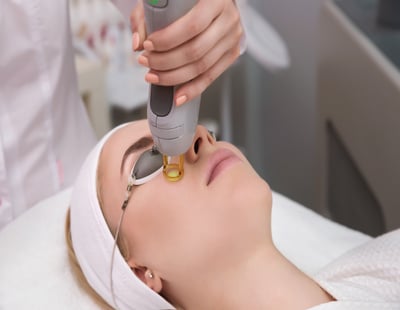
Testimonials-reviews
C. NEIL
J. CHATTERTON
S. CONLEY
Z. NORTH
